
Your house is haunted by the past. One day, it’s answering machines and cable boxes; the next day, it’s all apps and voice commands. Nobody sent a memo, but everything’s changing—quietly and relentlessly. You don’t notice until you’re holding a dusty alarm clock, wondering, “Why did we even have this?” Here’s a tour through your home’s slow-motion tech breakup.
Home Landlines

As mobile phones became more dependable and cost-effective, landlines started fading fast. Many telecom companies no longer offer new landline contracts, signaling the end of an era. Back in the ’90s, households often had multiple landlines—today, it’s smartphones all the way.
Fax Machines
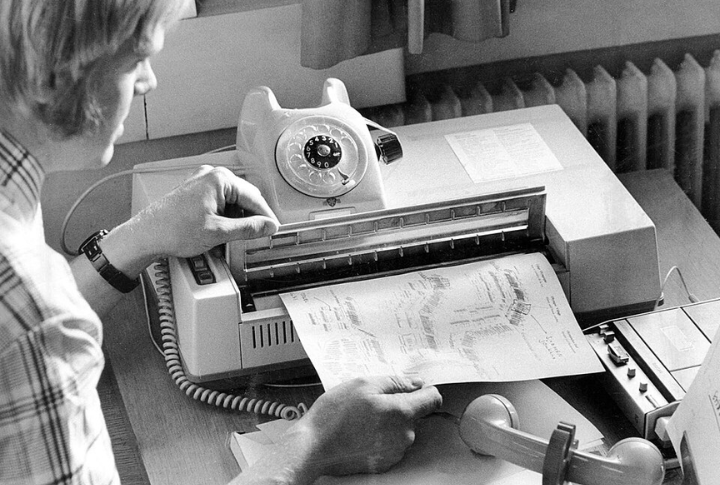
The rise of email and cloud storage rendered fax machines practically useless. Most businesses have shifted to digital file transfers, ultimately leaving the fax to gather dust. Hard to believe, but the first commercial fax machine hit the market back in 1966.
Cable TV Subscriptions
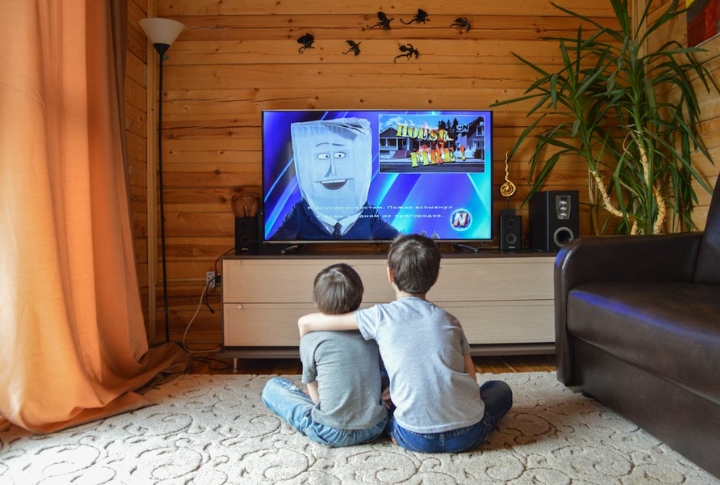
Streaming giants like Netflix and Hulu have upended the cable model, which delivers on-demand entertainment without the clutter. More than half of U.S. households have cut the cord since the “cord-cutting” craze took off in 2010, and there’s no looking back.
Home Security Systems With Landline Integration
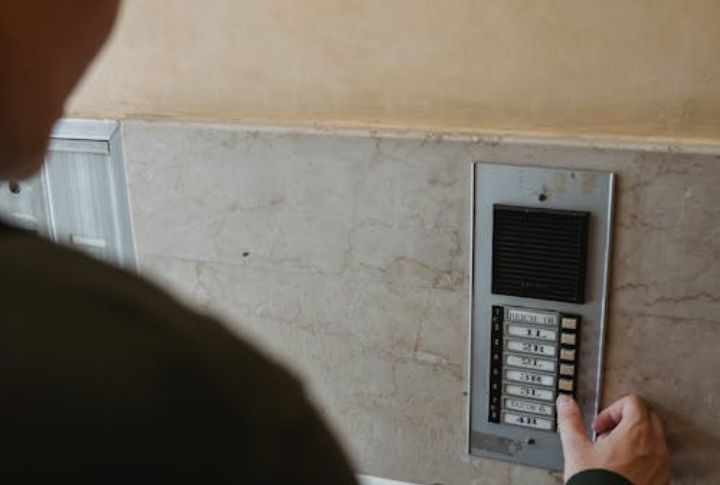
Modern security systems use the internet and mobile networks instead of traditional phone lines, offering faster, wire-free convenience. This shift reflects the growing demand for simple, efficient setups. Back in the 1960s, though, home alarms relied on landlines to alert authorities—a reminder of how far security tech has come.
Traditional Alarm Clocks

Why fumble for a buzzing clock when your phone or smart speaker can do the job with your favorite playlist? Voice-controlled tech has taken over our mornings. Although alarm clocks date back to 1787, they’re now mostly collecting dust on thrift shop shelves.
Printed Phone Books
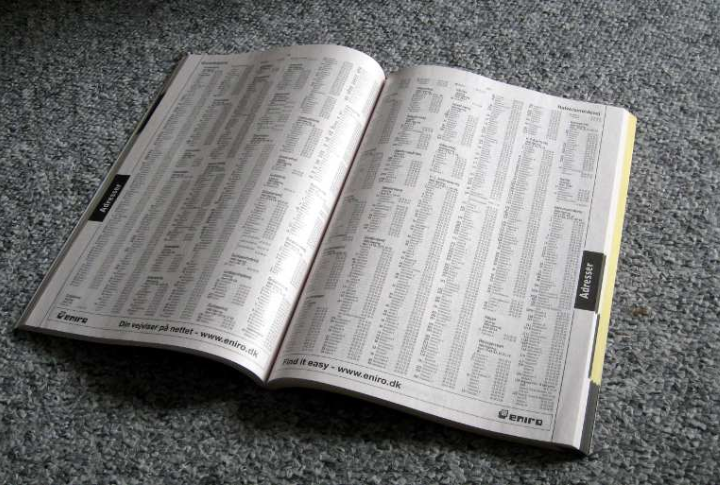
Digital directories and search engines have essentially buried printed phone books, which makes them a thing of the past. As more people turned to online platforms, major publishers halted production. The very first phone book was printed in 1878 and was a slim volume with just 50 names inside.
DVD And Blu-ray Collections

Streaming has pushed physical discs toward extinction, with DVD and Blu-ray sales steadily declining as digital options continue to gain popularity. Still, some collectors hang on and dedicate entire rooms to shelves of movies, holding tight to a format the rest of the world has moved past.
Household Landline Answering Machines
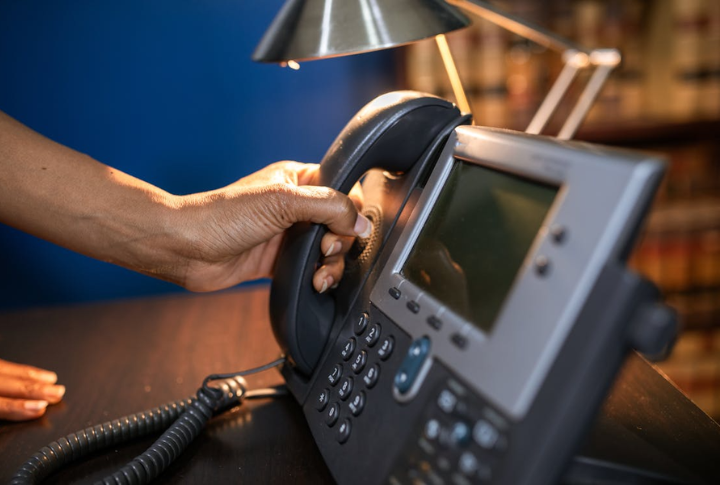
Once groundbreaking in the 1950s, answering machines have been replaced by mobile voicemail and cloud backups. Today, many skip voicemail altogether, turning to texts and instant messages for quicker, easier communication that fits seamlessly into everyday life without the beep and rewind.
Physical Maps

Why unfold a massive map when your phone’s GPS app does the navigating for you? Physical road maps are now rare, as built-in GPS has become a standard. It’s wild to think the first road atlas appeared in 1903—before cars were common!
Wired Computer Mice
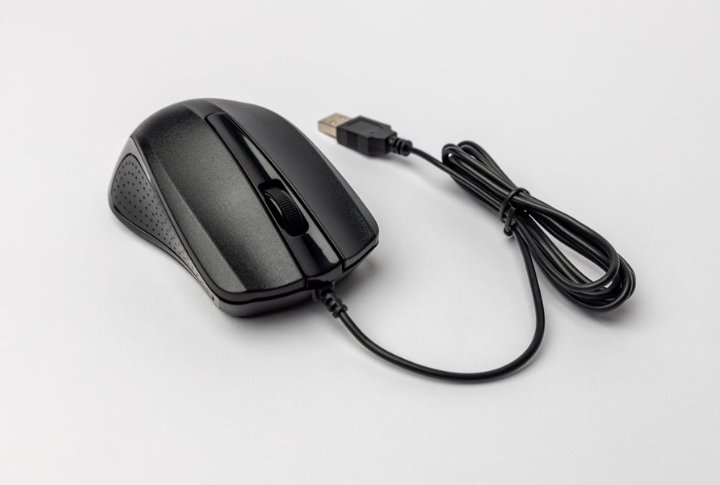
The freedom of wireless mice has nearly erased the need for their wired ancestors. As wireless tech improves, the market for cabled peripherals keeps shrinking. Interestingly, the first wireless mouse debuted in 1991, offering a glimpse of a tangle-free future.

